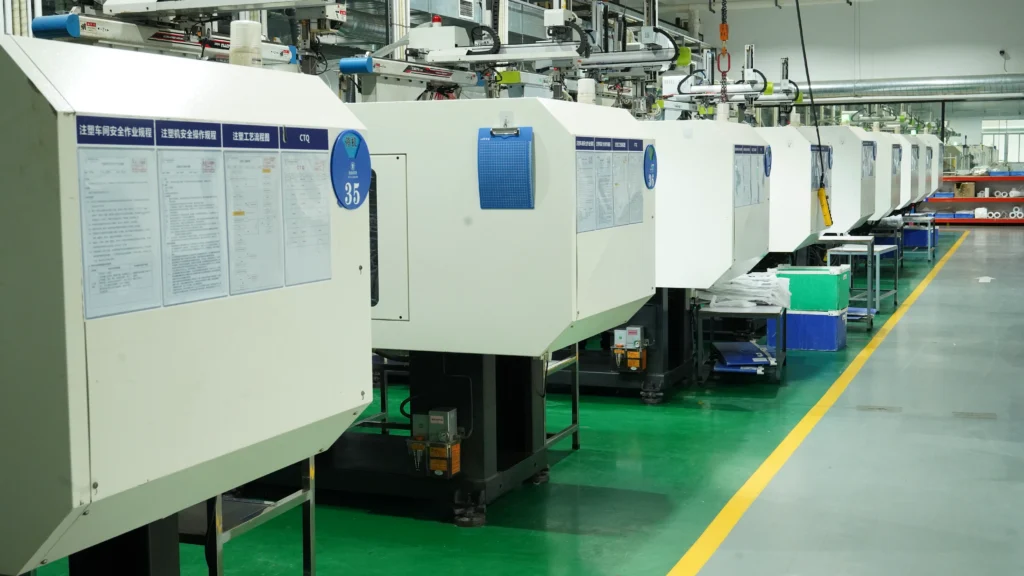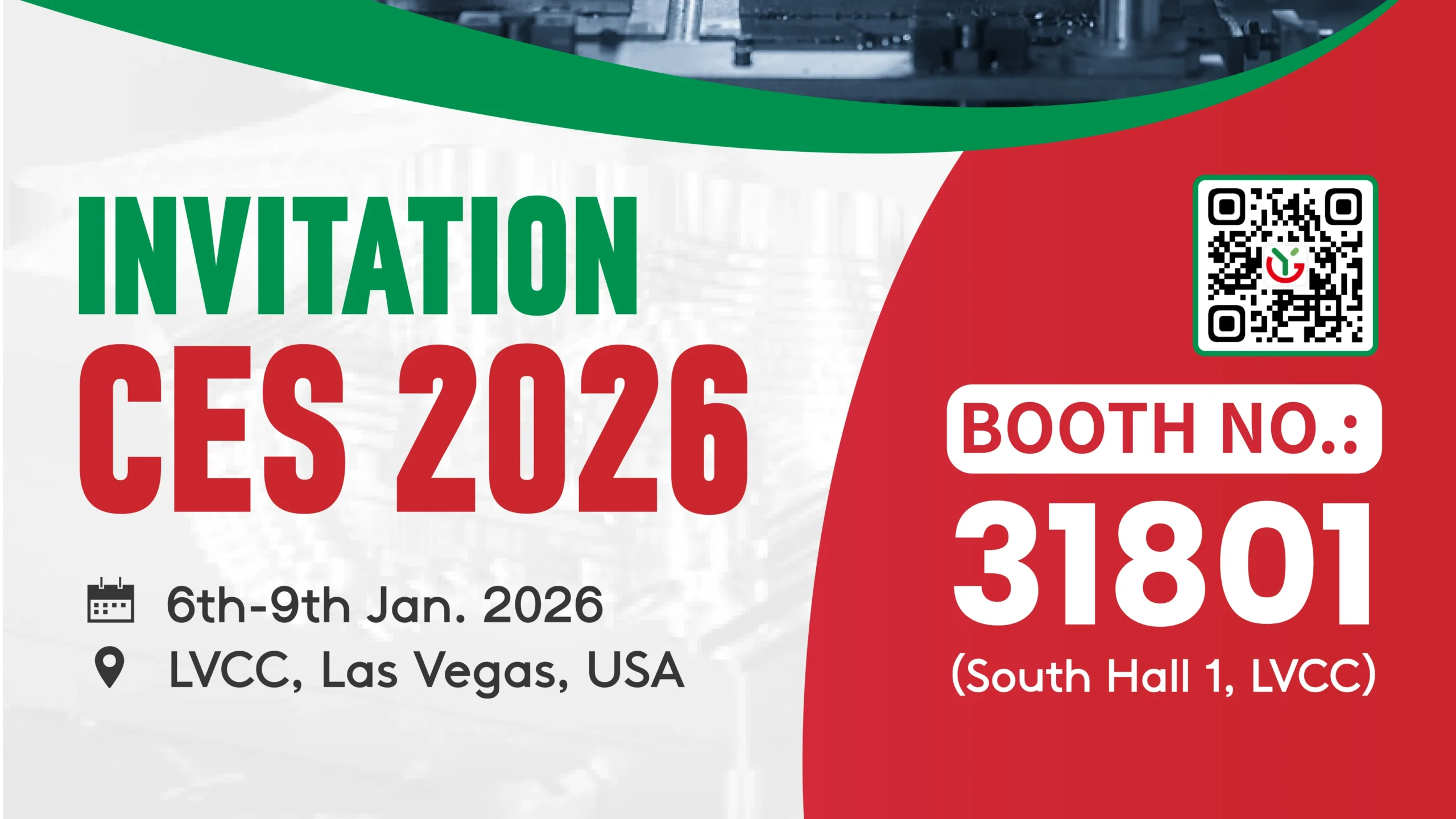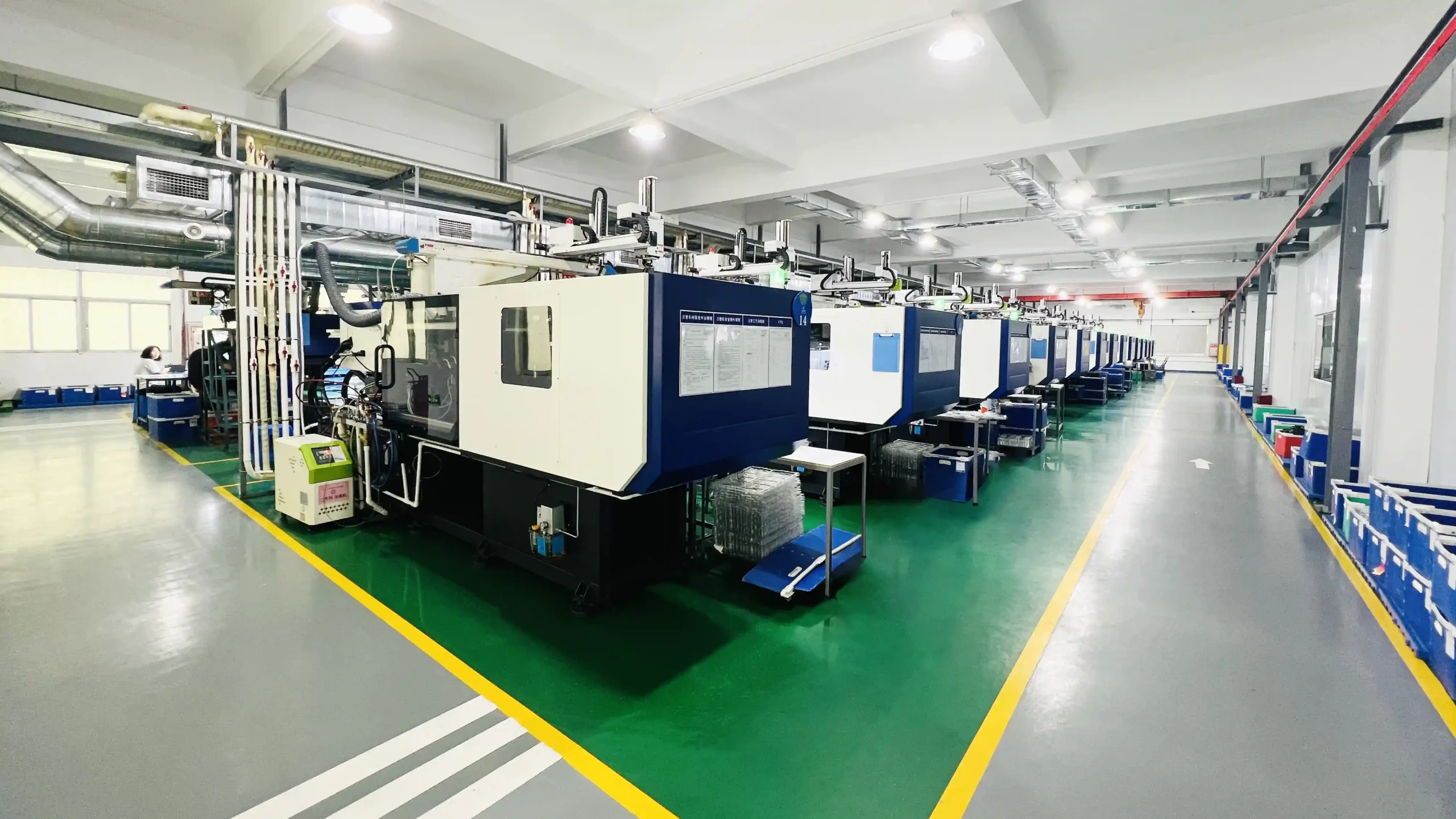Introduction
Table of Contents
ToggleAs consumer electronics evolve, brands face growing demands for devices that balance aesthetics, durability, and functionality. Multi-material injection molding—a process combining two or more materials in a single production cycle—has emerged as a game-changer. This technology enables innovations like dual-texture phone cases, seamless wearable designs, and integrated functional components. For brands leveraging ODM solutions, it also simplifies complex manufacturing workflows. Here’s how multi-material molding is reshaping the industry and three applications driving its adoption.
Dual-Texture Phone Cases: Where Style Meets Durability
The Demand: Consumers increasingly seek phone cases that offer both premium aesthetics and rugged protection. Traditional single-material designs often force compromises—soft cases lack structural rigidity, while hard cases sacrifice grip.
The Solution:
- TPU + PC Hybrid Molding: Combining thermoplastic polyurethane (TPU) for shock absorption and polycarbonate (PC) for rigidity creates cases with a soft-touch exterior and reinforced corners.
- Dual-Color Effects: Overmolding allows for color gradients or brand-specific patterns without post-production painting, reducing costs by 25%.
- ODM Advantage: A leading phone case manufacturer streamlined development by integrating design and engineering teams. Their ODM partner optimized mold designs for multi-material compatibility, reducing trial cycles from 8 to 3 iterations. The result? A market-ready product in 6 weeks, with IP68 waterproofing and MIL-STD-810G drop certification.
Smartwatch Bands: Comfort Meets Precision
The Demand: Wearable brands need bands that are hypoallergenic, sweat-resistant, and compatible with sensitive sensors.
The Solution:
- Silicone + Nylon Composite Molding: Silicone provides skin-friendly flexibility, while nylon inserts house heart rate sensors and charging contacts.
- Overmolded Buckles: Seamlessly integrate metal clasps into silicone bands for durability, eliminating adhesive failure risks.
- ODM Advantage: By adopting multi-material molding, an ODM provider reduced assembly steps by 60% for a fitness tracker brand. The integrated process also improved waterproof performance, enabling a 30% thinner band design without sacrificing strength.
Noise-Canceling Earbuds: Sealing Sound, Enhancing Comfort
The Demand: Earbuds require airtight seals for noise cancellation yet must remain comfortable for extended wear.
The Solution:
- TPE + ABS Hybrid Tips: Thermoplastic elastomer (TPE) ear tips conform to ear shapes for passive noise isolation, while acrylonitrile butadiene styrene (ABS) housings protect internal circuitry.
- Ultrasonic Welding Integration: Overmold TPE directly onto ABS components during injection, eliminating post-molding assembly and reducing leak points.
- ODM Advantage: An audio brand partnered with an ODM manufacturer to co-develop molds for multi-material earbuds. The collaboration reduced unit costs by 18% and cut production lead times by 40%, enabling rapid scaling during peak demand
Why Multi-Material Molding Thrives with ODM Solutions
- Design Flexibility: ODM teams streamline material selection and mold design, ensuring compatibility between dissimilar polymers (e.g., bonding TPU to PC).
- Cost Efficiency: Integrated workflows minimize post-processing, reducing labor and waste. For example, combining two materials in one cycle can lower energy use by 15%.
- Speed to Market: Prototyping with 3D-printed molds and AI-driven simulation accelerates validation, shrinking development cycles from months to weeks.
The Future of Multi-Material Molding
As sustainability pressures mount, expect innovations like:
- Bio-Based Hybrid Materials: Combining recycled plastics with biodegradable polymers.
- Smart Material Integration: Conductive resins for embedded sensors in wearables.
Conclusion
Multi-material injection molding is no longer a niche technique—it’s a necessity for brands competing in the fast-paced consumer electronics market. By partnering with an ODM solution provider skilled in multi-material injection molding, companies can unlock faster innovation, lower costs, and products that stand out in crowded markets.
Ready to explore multi-material solutions for your next project?
Contact YG to discuss how we can streamline your design-to-production journey.



